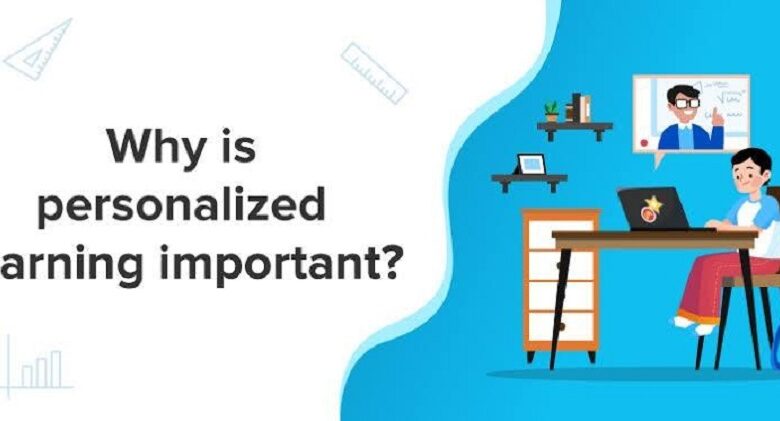The Unsung Hero: Data Analytics – Powering Personalized Learning Experiences

which Aspect Of Technology Is Crucial For Personalized Learning Experiences
In today’s diverse classrooms, a one-size-fits-all approach to education simply doesn’t cut it. Students learn at different paces, have varied learning styles, and possess unique strengths and weaknesses. This calls for a shift towards personalized learning experiences that cater to individual needs.
Enter the realm of data analytics. It acts as the invisible engine, gathering and interpreting information to tailor educational journeys for each student. Data analytics in education involves collecting, analyzing, and interpreting a variety of student data points. This data can come from various sources, including:
- Assessments: Scores from quizzes, tests, and projects provide valuable insights into a student’s understanding of specific concepts.
- Learning Management Systems (LMS): Platforms like Blackboard or Moodle track student activity, time spent on tasks, and completion rates. Click Here
- Adaptive Learning Platforms: These platforms continuously assess students and adjust the difficulty and content of learning modules based on their performance.
- Surveys and self-assessments: Student self-reported data on learning styles, interests, and preferred learning methods can be incredibly helpful.
- Machine Learning Algorithms: These algorithms can identify patterns in student data and use them to predict future performance or learning style preferences.
- Data Visualization Tools: Charts and graphs allow educators to see trends and patterns in student data more easily.
The Power of Personalized Learning Analytics in Action
By leveraging data analytics, educators can personalize learning experiences in several ways:
- Identify Knowledge Gaps: Analyzing assessments and learning platform data can pinpoint areas where students are struggling. This allows teachers to provide targeted interventions and support.
- Cater to Learning Styles: Analyzing data on past performance and student self-assessments can help teachers tailor learning activities to individual preferences.
- Adaptive Learning Paths: Data analytics can power adaptive learning platforms that adjust the difficulty level and content of learning modules based on a student’s performance. This ensures students are challenged without feeling overwhelmed or frustrated.
- Personalized Feedback: Data can help teachers provide more specific and actionable feedback to students.
- Self-Directed Learning: Students can be empowered to take ownership of their learning by analyzing their own data. This helps them identify areas for improvement and set personalized learning goals.
Benefits of Data-Driven Personalized Learning
There are numerous advantages to using data analytics to personalize learning experiences:
- Improved Learning Outcomes: By catering to individual needs, students are more likely to understand concepts and achieve their full potential.
- Increased Student Engagement: Personalized learning experiences are often more engaging for students, leading to greater motivation and participation.
- Efficient Use of Resources: Data can help teachers focus their efforts on areas where students need the most support. This allows for a more efficient use of instructional time and resources.
- Early Intervention: Identifying knowledge gaps early on allows for timely interventions, preventing students from falling behind.
- Empowering Students: Data analytics empowers students to take ownership of their learning and become more self-directed learners.
Challenges and Considerations of Data Analytics in Education
- Data Privacy: It’s crucial to ensure student data is collected, stored, and used ethically and responsibly in accordance with data privacy regulations.
- Teacher Training: Educators need adequate training to effectively utilize data and translate it into actionable teaching strategies.
- Technological Infrastructure: Schools may require investments in technology and infrastructure to collect, analyze, and manage student data.
- Algorithmic Bias: Bias in data collection or analysis algorithms can lead to unfair or inaccurate representation of student performance.
Conclusion
As we move forward, it’s important to address data privacy concerns, invest in educator training, and ensure equitable access to technology to unlock the full potential of data-driven personalized learning. Remember, data is just the first step. The true magic lies in how educators utilize it to create a learning environment where every student thrives.
Which aspect of technology is crucial for personalized learning experiences?




